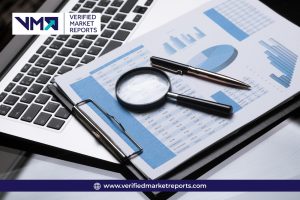
The United States Monoclonal antibodies (mAbs) Biosimilars Market size is reached a valuation of USD xx.x Billion in 2023, with projections to achieve USD xx.x Billion by 2031, demonstrating a compound annual growth rate (CAGR) of xx.x% from 2024 to 2031.
United States Monoclonal antibodies (mAbs) Biosimilars Market By Application
- Oncology
- Inflammatory Diseases
- Autoimmune Diseases
- Infectious Diseases
- Others
The United States market for monoclonal antibodies (mAbs) biosimilars is segmented by application into several key areas. Oncology remains the predominant segment, driven by the increasing prevalence of cancer and the adoption of biosimilars as cost-effective alternatives to originator mAbs. Inflammatory diseases represent another significant application segment, supported by the growing incidence of conditions like rheumatoid arthritis and psoriasis. Autoimmune diseases, including multiple sclerosis and lupus, are also key areas where mAbs biosimilars are gaining traction due to their efficacy and cost advantages over biologic therapies. Infectious diseases constitute a niche yet emerging segment within the mAbs biosimilars market in the US. The demand for biosimilars for infectious diseases such as COVID-19 and hepatitis is rising, driven by the need for affordable treatment options. Other applications include areas like cardiovascular diseases and neurological disorders, where the potential for biosimilars is being explored but is currently limited compared to more established segments. Overall, the market dynamics for mAbs biosimilars in the US are evolving rapidly, driven by regulatory advancements and increasing acceptance among healthcare providers and patients seeking accessible treatment options.
